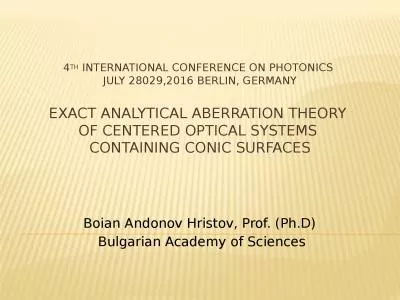PDF-Tangential, egocentric, verbose language: Is it right brain damage or
Author : kittie-lecroy | Published Date : 2015-12-02
RHD or normal aging 2 Procedures Raters were blind to group inclusion ie whether a sample was from an individual with RHD or a HOA Raters read discourse samples
Presentation Embed Code
Download Presentation
Download Presentation The PPT/PDF document "Tangential, egocentric, verbose language..." is the property of its rightful owner. Permission is granted to download and print the materials on this website for personal, non-commercial use only, and to display it on your personal computer provided you do not modify the materials and that you retain all copyright notices contained in the materials. By downloading content from our website, you accept the terms of this agreement.
Tangential, egocentric, verbose language: Is it right brain damage or: Transcript
Download Rules Of Document
"Tangential, egocentric, verbose language: Is it right brain damage or"The content belongs to its owner. You may download and print it for personal use, without modification, and keep all copyright notices. By downloading, you agree to these terms.
Related Documents

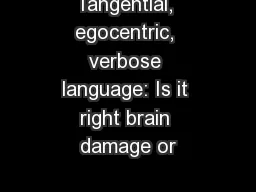
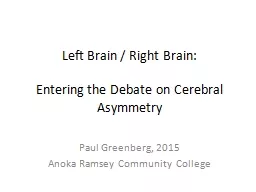
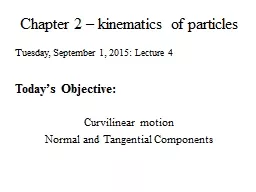

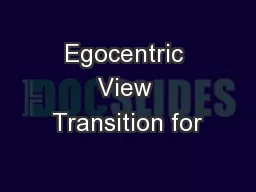
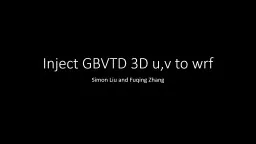
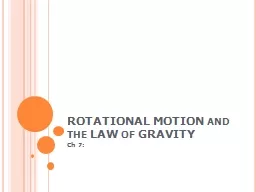
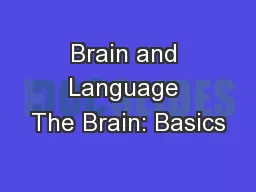
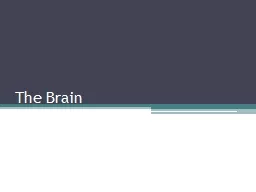
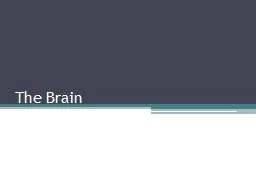
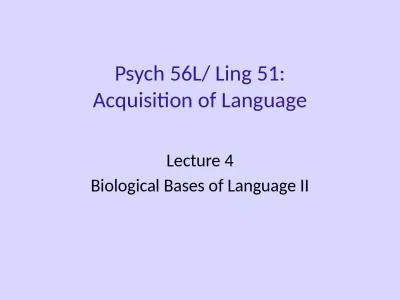
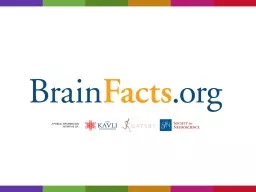
![[PDF READ ONLINE] Starting Off Right in Law School (Starting Off Right Series)](https://thumbs.docslides.com/1020243/pdf-read-online-starting-off-right-in-law-school-starting-off-right-series.jpg)
